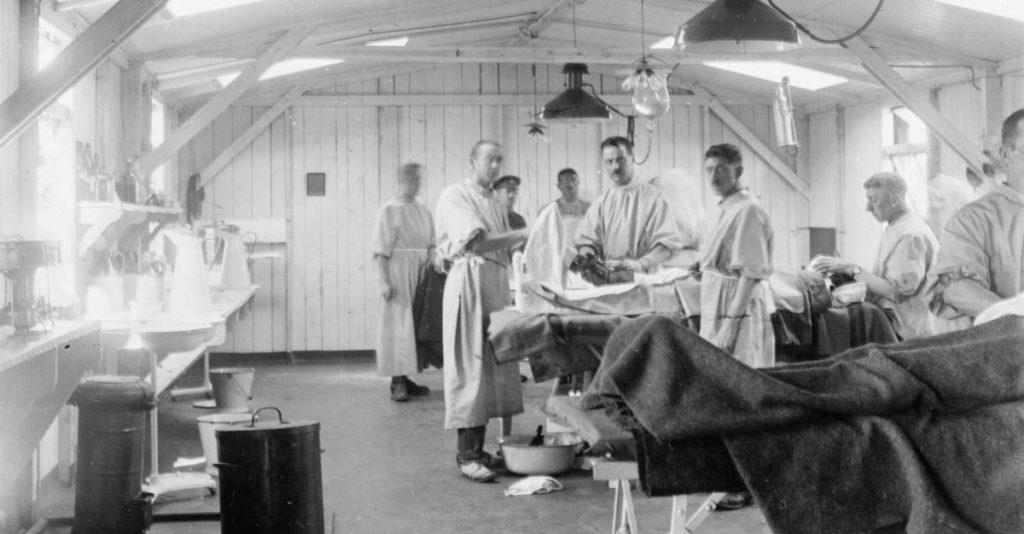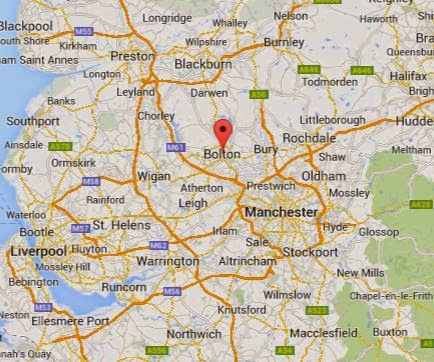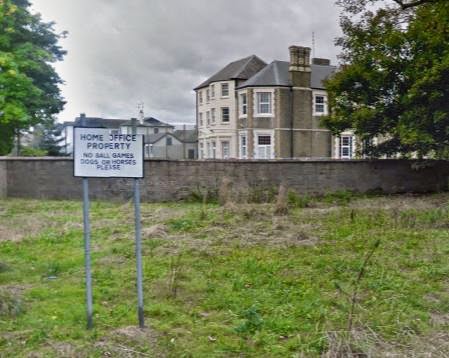On the afternoon of February 2, having spent the night in Brixton Prixon Infirmary, Josef Jakobs was brought to Latchmere House (Camp 020) for a preliminary interrogation. Dr. Harold Dearden, the camp doctor and psychiatrist took note of Jakobs’ physical attributes (height, weight, etc.) and formed part of the panel that questioned Jakobs. The interrogation session was necessarily short, due to Jakobs’ ankle injury and after a couple of hours Jakobs was returned to Brixton Prison.
On February 3, owing to the seriousness of his injury, Jakobs was transferred to Dulwich Hospital, where he remained for almost two months. Dr. Dearden telephoned Jakobs’ physician, Dr. Roberts for periodic updates. As Jakobs’ condition deteriorated (sepsis at the site of the break and broncho-pneumonia), the interrogators at Camp 020 chafed at the bit, eager to question this newly arrived German spy. Colonel Stephens declared himself frustrated by the humanitarian motives of the medical profession. Dr. Dearden, however, concurred with Dr. Robert’s decision to keep Jakobs at Dulwich, which he felt had nothing to do with humanitarian considerations. Given Jakobs’ general state of health, it would have been inadvisable to transfer him as it might have jeopardized his survival and thus destroyed his usefulness for intelligence purposes.
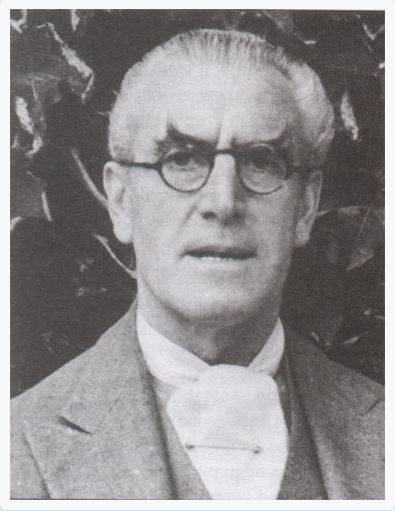
When Jakobs was finally returned to Latchmere House in mid-April, Dr. Dearden was probably involved in his interrogations. An earlier spy, Wulf Schmidt, who parachuted into England in September and was successfully turned into a Double Agent (TATE) had this to say about the enigmatic Doctor:
When I was brought in for interrogation, I was fascinated by the strange old man in civilian clothes. He was reading a newspaper. He looked at me briefly as I came in and then went on reading. I couldn’t take my eyes off him.
Who eas this “strange old man in civilian clothes”?
Harold Goldsmith Dearden
Harold Goldsmith Dearden was born 13 December 1882 in Bolton, Lancashire, the son of Jonathan Dearden and Frances Goldsmith. While Jonathan was born and raised in Bolton, Lancashire, his wife was born and raised on the Isle of Man.
Jonathan was a cotton manufacturer, a wealthy man who clearly travelled quite a bit. It might have been on a visit to the cotton mills on the Isle of Man that Jonathan met his future wife, Frances. They were married on 8 November 1870 in the village of Braddan on the island.
Jonathan’s father, Oliver Dearden, who was also a cotton manufacturer, passed away on 8 May 1863, and Jonathan took over the cotton mills. Jonathan Dearden & Co ran two mills, Little Bridge Mill on Chorley Street and Gibralter Mill in Gilnow. According to an 1891 directory, Jonathan’s company had 1000 spindles, 1000 candlewicks and 150 looms, with which they made alhambras, quilts and damasks.
It was into this wealth and stability that Harold Dearden was born. In 1891, the family of eight had three servants. By 1901, five servants and a visiting nurse were caring for the family. Perhaps the nurse was caring for Harold’s father, Jonathan, who eventually passed away in 1903.
Harold may not have been at home when his father died. As a young student, Harold attended Bromsgrove Prepatory School southeast of Birmingham. Later, in October 1901, Harold was admitted to the prestigious Gonville & Caius College at the University of Cambridge, where he graduated with a degree in Natural Sciences in 1904.
He then went on to study medicine in London, training at Guys Hospital, where he became a qualified physician on 10 April 1911. It seemed that Harold married Ethel Kathleen Peacock in 1909 but the marriage did not survive. Harold held several junior medical posts in London between 1911 and 1914.
World War I

With the outbreak of the war, Harold joined the Royal Army Medical Corps and in 1916, received a commission as an honorary Captain. He served with the No. 3 British Red Cross Hospital, as Medical Officer in charge of the Anglo-American Hospital and as Medical Officer to the 3rd Battalion, Grenadier Guards.
Harold’s service in World War I had a profound influence on him. Serving close to the front, he saw horrible things and, like many soldiers and doctors, developed a hardened shell that could look upon horror and not flinch. With an emphasis on regimental strength as opposed to individual health, the main role of doctors was to patch up the soldiers as best they could and then send them back to the front. Harold admitted that most [doctors] were intent on proving nothing was wrong with the people they were treating. Although Harold never lost sight of the military imperative, he observed that patching up wounded soldiers to send them back into the fray simply turned an “illogical business into an insane one”. Twenty years after the war, in his second biographical volume, Harold described the war as a ‘fantastic business” that served him magnificently. The camaraderie and the common purpose were rare and delightful.
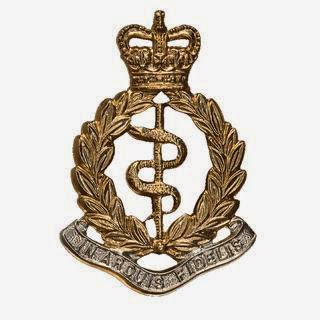
But even Harold was traumatized by the war. At one point, the far from squeamish Harold felt upset as he watched a German soldier, both legs blown off, drag himself along the road on his chest and elbows. At another time, while enlisting captured Germans to serve as stretcher bearers, Harold came across a recalcitrant German:
“One fellow didn’t want to carry and I had to clout him over the head to make him lend a hand. When we got back to the aid post he sat down on the steps of the dug-out, and every time I came near him he kept plucking me by the coat and saying something. I took no notice of him, but it struck me as curious that he hadn’t gone downstairs to be gorged with ‘enemy’ cocoa and bread, as most of them do at once.” Captain Harold Dearden, RAMC, Guards Division (Medicine & Duty)
A German shell damaged the aid post’s entrance and revealed the reasons for the German’s reluctance:
“It put the wind up me all right, but when I turned round there he was still sitting quietly as before, and I knew he must be hit or something. I went over to him, and when I saw his face I was certain. He didn’t look hurt, he looked dead, and dead a long time at that. Then I saw he was holding his trousers together with one hand; and when I pulled his hand away the entire contents of his belly just spilled itself over his knees. I tucked them in again, covered him up, and gave him two grains of morphia to suck. It was the best I could do for him, poor devil. But I wish now I hadn’t hit him. I wish that quite a lot.” Captain Harold Dearden, RAMC, Guards Division (Medicine & Duty)
In a war where so many soldiers were misdiagnosed as cowards when they were only suffering from shell shock, it is interesting to note that Harold was invalided out of the war after losing an eye and suffering shell shock. He returned to England was attached to the Palace Green Hospital for Officers in London.
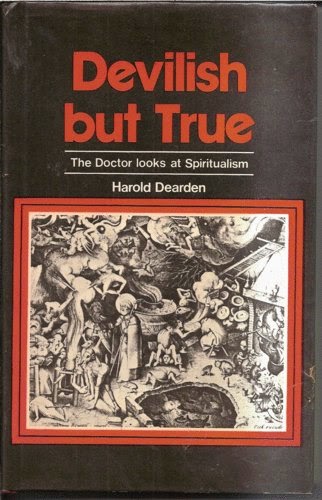
After the war, Harold took up psychiatry and also began to do some writing, where he experienced quite a bit of success. He published several books including: Insanity: Prevention or Cure? (1922); The Moral Imbecile (1922); The Technique of Living (1924); The Doctor Looks at Life (1924); The Science of Happiness (1925); The Mind of the Murderer (1930); Such Women are Dangerous (1933); The Fire Raisers (1934); A Confessor of Women (1934) and Devilish but True (1936). He wrote several plays, most notably Interference (1928) and Two White Arms (1928) both of which went on to become films in their own right: Without Regret (1935) and Wives Beware (1932).
Harold also wrote several memoirs: Medicine & Duty (1928) about his experience in World War I; The Wind of Circumstance (1938) and Time & Chance (1940).
World War II
With his burgeoning writing career, Harold gave up the practice of psychiatry during the inter-war years, but with the outbreak of World War 2, was called into action again. The Security Service (MI5) requested that Harold serve as psychiatrist at Latchmere House (Camp 020) in Ham Common, the interrogation centre for would-be German spies. Harold served at Camp 020 from 1940 through to the end of the war, despite getting into several altercations with the camp commandant, Major/Colonel Robin Stephens.
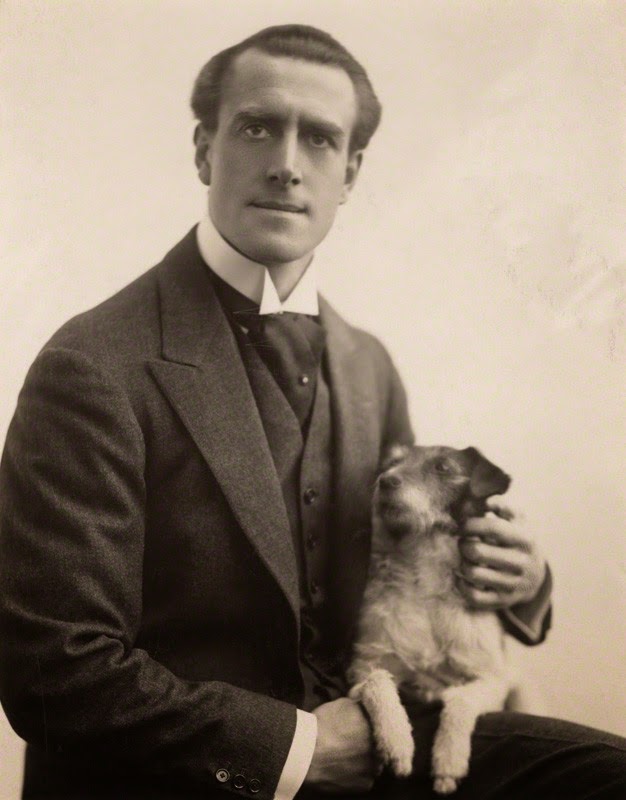
While apparently eschewing physical violence, Stephens and Dearden devised various psychological regimes of starvation and sleep & sensory deprivation to break the will of the inmates. Dearden apparently experimented with tortuous techniques that left few marks, methods that could be denied by the torturers.
In 1943, he married Ann Verity Gibson Watt and together they had four children. After the war, Harold and his wife retired to Hay-on-Wye, in Wales. Harold passed away on 6 July 1962 of a cerebral thrombosis. In Harold’s obituary, a fellow doctor wrote that Harold was well-travelled and a brilliant conversationalist. He understood animals and mixed with them as though they were people. He was a strong man, once a famous boxer and athlete who led a full life.
N.B. It should be noted that Dr. Harold Dearden (1882-1962) was an author and a psychiatrist. He should not be confused with another Harold Dearden (1888-1969) who was a painter and artist.
References
Daily Mail – Ian Cobain – How Britain Tortured Nazi POWs .
Ancestry Genealogy Website (Birth, Marriage, Death, Census, Passenger Lists).
Before my Helpless Sight – Leo van Bergen – 2009.
Obituary of Harold Dearden – British Medical Journal – July 21, 1962.
Header Image – Imperial War Museum – Fair Dealing.
